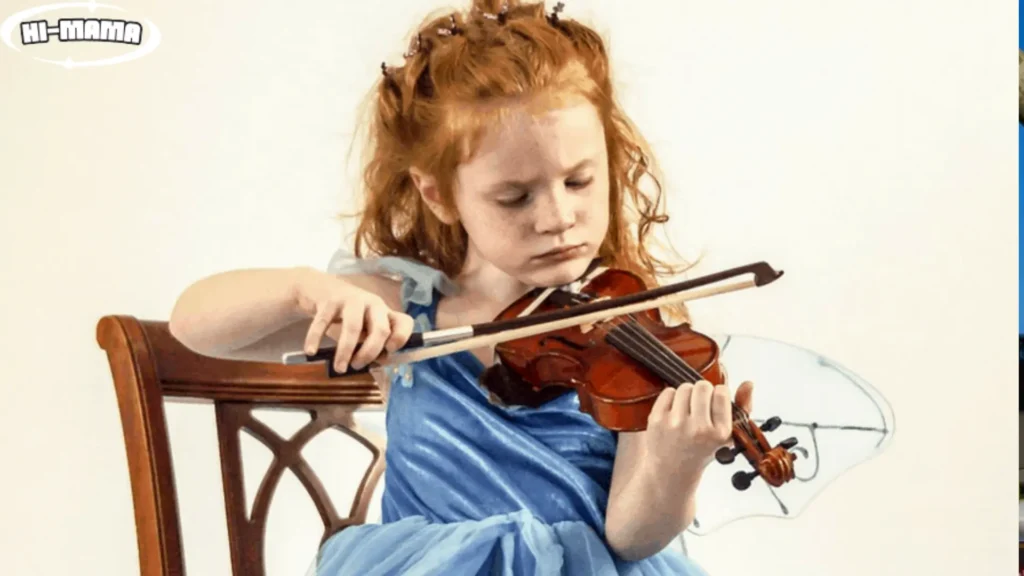In exploring the profound impact of “Belliniana” on music and culture, we delve into a rich tapestry of artistic expression and historical significance. This term, derived from the legacy of the renowned composer Vincenzo Bellini, symbolizes a unique blend of melodic innovation, emotional depth, and cultural transformation. Bellini’s work, characterized by its beautiful melodies and dramatic intensity, not only revolutionized opera but also left an indelible mark on various facets of music and culture.
The Genesis of Belliniana: Bellini’s Legacy

The Rise of Belliniana
Vincenzo Bellini, an early 19th-century Sicilian composer, emerged as a pivotal figure in the Italian opera scene. His compositions, marked by their flowing melodic lines and emotional expressiveness, set the foundation for what would later be termed “Belliniana.” This distinct style is best encapsulated in works like “Norma” and “La Sonnambula,” which showcase Bellini’s innovative approach to vocal melody and orchestration.
Bellini’s Influence on Opera
Bellini’s operas, with their emphasis on vocal beauty and dramatic simplicity, brought a new dimension to the operatic form. He focused on creating seamless melodies, often referred to as “melodie lunghe” (long melodies), that enhanced the emotional intensity of his works. This approach not only influenced contemporaries like Gaetano Donizetti and Gioachino Rossini but also laid the groundwork for future composers like Giuseppe Verdi and Richard Wagner.
Read also: Japanese Kanji for Strength
Belliniana’s Cultural Reverberation
Shaping Romantic Music
Bellini’s influence extended beyond opera, significantly shaping the Romantic music era. His emphasis on emotion and expressivity resonated with Romantic composers, who sought to convey deep feelings and narratives through their music. Composers like Chopin, inspired by Bellini’s melodic style, incorporated similar elements into their piano compositions, blending lyrical lines with rich harmonies.
Belliniana in Modern Media
The impact of Belliniana is not confined to the 19th century; it continues to echo in contemporary culture. Bellini’s melodies have been featured in films, television shows, and even in popular music, often used to evoke a sense of drama and emotional depth. This enduring presence highlights Bellini’s timeless appeal and the universal nature of his musical language.
Belliniana’s Influence on Cultural Movements

Romanticism and Beyond
Belliniana’s influence on the Romantic movement in art and literature cannot be overstated. The Romantic ethos, with its emphasis on emotion, individualism, and the sublime, found a musical counterpart in Bellini’s compositions. His work inspired poets, writers, and visual artists, contributing to a broader cultural movement that valued deep emotional expression and the exploration of human experiences.
The Evolution of Opera
The evolution of opera in the put-up-Bellini technology reflects the iconic legacy of Belliniana. Bellini’s approach to operatic composition, with its consciousness of vocal splendor and emotional depth, set a brand new fashion for operatic storytelling. This legacy is clear within the works of later composers who sought to balance dramatic narrative with musical expression, a hallmark of Belliniana.
People also ask
What is Belliniana?
How did Bellini influence opera?
Did Belliniana impact other music genres?
Why is Belliniana important in cultural history?
Final Words: The Timeless Echo of Belliniana
In the end, the impact of Belliniana on track and culture is both profound and far-reaching. From reshaping the operatic landscape to inspiring Romantic artists and modern-day media, Bellini’s legacy continues to resonate. His emphasis on melody, emotion, and expressivity not only transformed the musical world but also left a long-lasting mark on the cultural fabric of society. Belliniana, consequently, stands as a testimony to the electricity of track to transcend time and area, always inspiring and moving generations.

